1930s "Carring firewoods"
Primary tabs
What: As the postcard's misspelled title says, we're looking at firewood.
This was destined for Hong Kong's kitchens, as most people in 1930s Hong Kong cooked over a wood fire. A 1938 newspaper article said that firewood was the principal fuel for over 95% of Hong Kong's population, with supplies coming from four main sources: Macau, Kongmoon in Guangdong, Singapore, and Sandakan in British North Borneo (modern-day Sabah, a state in Malaysia).
Where: The photo was taken on the Connaught Road seafront. The small building in the background was at the entrance to one of Connaught Road's many piers - I can make out a couple of rickshaws in front of the building, waiting for passengers, and the funnels of a larger ship in the distance.
Here's a sharper view of the area.
One curiosity is that the road looks to be surfaced with bricks, something I haven't noticed before.
Who: The man is one of a team who are moving the firewood. First they'd unload it from the junks that delivered it to the seawall. Then they'd carry it inland to a store or warehouse. They'll be busy for a while yet, as there's plenty more firewood stacked up in the background.
When: The back of the postcard has this note - can any of Gwulo's linguists spot if there is anything interesting in it?
It was written on 24 May 1939. We don't know exactly when the photo was taken, but likely some time in the previous decade. I'll date it to the 1930s.
Gwulo photo ID: K185
Further reading:
Shoulder poles are one of the themes of the new Gwulo book. Though this photo didn't make the book, you can see some that did in Gwulo's selection of photos tagged 'shoulder pole'.


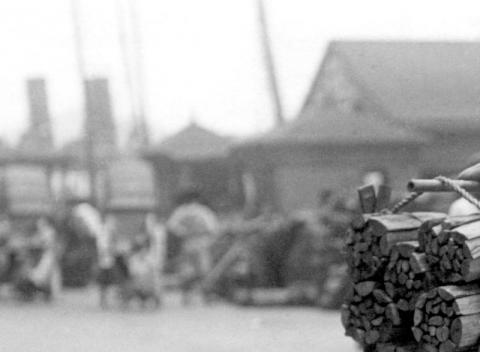
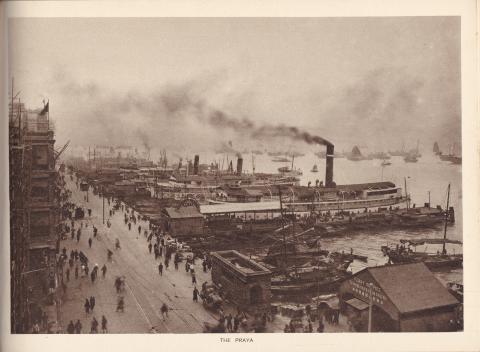
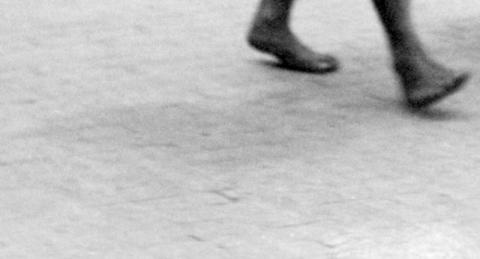
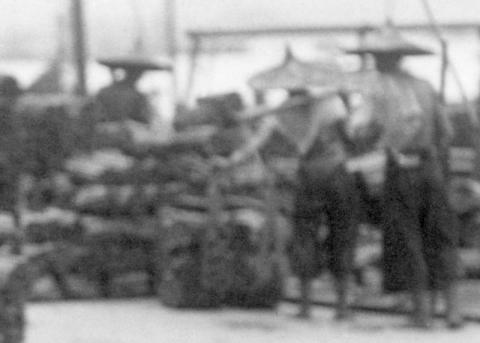
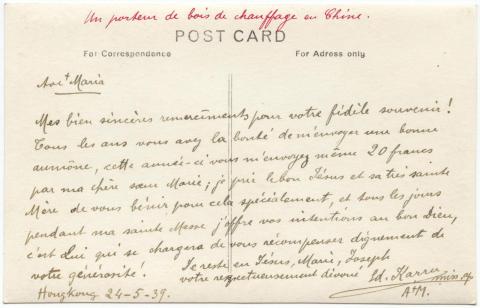

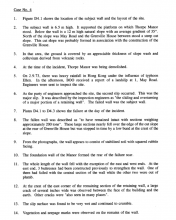
Comments
Firewood postcard
The postcard is from Father Edouard Karrer of the Missions Etrangeres de Paris (MEP). He was born in Erstein, Bas-Rhin, France on 22 Nov 1874 and died 8 Jan 1962, possibly in HK but, although there is a record in the Diocesan archives, I suspect not.
Father Karrer was, in addition to being a priest and missionary, an ethonographer who worked in the late 1890s up in the border area between Vietnam and Yunnan, "...in July 1899...Edouard Karrer (1897 - date of his ordination) was sent with Father D'Abrigeon among the Man (Yao or Dao) north-west of Ha Giang town close to the Chinese border." (Jean Michaud, "French missionary expansion in Colonial Upper Tonkin", Journal of Southeast Asian Studies, 35 (2), 2004, p. 304).
By 1939 he would have been 65 and maybe at Bethanie either recovering from illness or, maybe, in retirement.
A rough translation of his very pious card reads:
"A porter of firewood in China
Hail Mary
My truly sincere thanks for your faithful recollection (of me)! Every year you have the goodness to send me (your) kindly alms, this year you even sent me 20 francs via my dear sister Marie; I pray to the Good Lord Jesus and his most holy Mother most especially to bless you for that, and all the days during my (devotions to the) holy Mother I offer my (prayerful) intentions to the Good Lord, (for) it is he who will take on the duty of worthily rewarding you for your generosity.
I remain in Jesus, Mary, (and) Joseph your (can’t read) devotee, Ed. (Edouard, Edmonde??) Karrer, Miss. Et (Missions Etrangeres) , A(ve) +M(aria)"
StephenD
The valediction...
is... "votre respecteusement dévoué ...", i.e. "your respectfully devoted..."
Re: Firewood Trade Association
Hi there,
I believe a building in #163 Jaffe Road near Fleming Road has something to do with Firewood. The business die is made onto the balcony and was still being seen in this version of Street View.(May 2019) painted in black. It reads 港九柴業商會有限公司.. Strange enough, HKT's Yellow Pages still have their telephone number listed.
T
Firewood in the 1950s
Sources of firewood
Photos at the website University of Bristol - Historical Photographs of China
Firewood for Hong Kong, on boats at Wuchow (1900-1920)
Boats on West River laden with firewood for Hong Kong (1900-1920)
Weight
I would be very curious to learn/estimate what that load weighed! And the upper range of shoulder pole loads generally.
thanks
yes of course, stupid of me. Blame Sunday blues - thanks much.
StephenD
Re: loading of shoulder poles
Hi There,
I guess it all depends on the material of the pole, as well as the physical strength of the person using it. Most of those that I have seen in the past few decades were mostly made of bamboo. They usually use those very big ones, and slice a suitable portion out of it.
A friend who used to tend for his vegetable fields in Peng Chau used one of these together with two tin containers (about 4-5 Gallons each) to fetch watch in a small pool just besides the fields for manual labour irrigation. He had to repeat the task until all rolls were done.
T
Re: Weight
Not sure about the weight they were carrying, but I've read about 50-60kg. During my first visit to China in 1980 I tried to lift a load, but I couldn't as it was too heavy for me.
Re: Loading of shouldering poles
Hi There,
With a little bit of training, a person should be able to lift approximately his or her own weight.
That brings me to think of traditional Chinese burial. Chinese style coffins do not have handles like western Coffins. Many of the burial sites could ony be reached on foot. Funeral service workers primarily work in four person teams using two very thick bambook sticks, one in front and one at the back.
They usually use thick ropes or belts (thicker than an adoult thumb) to loop around the coffin with length to spare for lowering down to the grave.
For transporting other goods, if you take a look at the photos, the loops are usually very long and the working would only have to lift their burdon less than 30 cm. This is an advantage as they do not have to bend down to lift it. Also if the pole react to the burdon and bounce up and down on both side, that help to provide just a little bit of lift, with a rythem corresponding to the person's pace, making it a little bit easier to endure.
T
Road Surface
The road surface commented on might be wooden blocks which were then widely used around the world.
https://en.wikipedia.org/wiki/Nicolson_pavement. Best regards John Rand